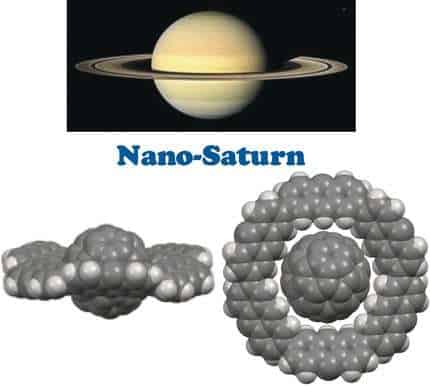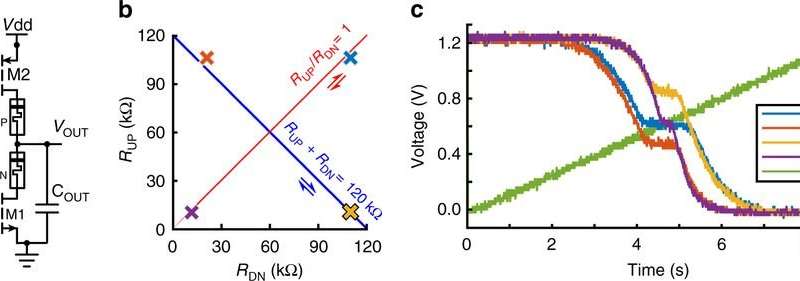
BISMARCK — The North Dakota Game and Fish Department is working to reduce the impact of wind development on wildlife habitat, but the agency’s process to develop new guidelines has drawn opposition from the state’s energy and agriculture industries.
Game and Fish has proposed voluntary guidelines that aim to steer wind developers away from erecting turbines and building roads in wildlife habitat areas.
The recommendations also outline a process for companies to offset their impact to habitat through projects that restore or reconstruct habitat elsewhere.
“Research has shown fragmentation and other impacts to habitat have a greater impact than actual turbine blade collisions,” said Greg Link, chief of conservation and communications for Game and Fish, in a document explaining the recommendations.
But a wind developer said, during a contentious legislative meeting last week, the guidelines could add millions of dollars to a project and the developer questioned the validity of indirect impacts that Game and Fish officials use in their recommendations.
Utility company officials told legislators they were not given the opportunity to comment on the proposal and questioned the department’s authority to develop guidelines that they say could be interpreted as requirements.
In addition, Agriculture Commissioner Doug Goehring testified to the Legislature’s Interim Natural Resources Committee that the “wind energy mitigation scheme” would have unintended consequences to farmers and ranchers.
Several in the meeting raised concerns about a $557,000 payment to Ducks Unlimited that wind developer NextEra made in order to resolve wildlife officials’ concerns regarding the Foxtail Wind Farm in Dickey County.
“There is a practice going on where we are extorting funds from companies for projects in North Dakota,” Goehring told legislators.
Game and Fish officials say they will continue to work with stakeholders to revise the recommendations.
The Public Service Commission, which has siting authority for wind projects, aims to strike a balance of permitting energy development with minimal impact on the environment. Commissioner Julie Fedorchak said it could take legislative action to resolve how to best address the concerns.
“We need to work hard at that balance,” Fedorchak said. “It isn’t always without controversy; we just need to keep working through that controversy to get to a point where we’ve reached the right balance.”
Wildlife impacts
A Game and Fish Department presentation to legislators earlier this year highlighted the decline of the Western meadowlark, North Dakota’s state bird, due to a loss of native prairies.
In all, North Dakota has 115 fish and wildlife species that are at risk, Link said.
The state has 12 species on the federal threatened and endangered list, with 11 more that have been petitioned for inclusion on the list.
“Our native habitats, as important as they are, they have really been diminished,” Link said. “That’s why we have those species that are in peril.”
Wind turbines and associated roads sited in native, unbroken grassland in North Dakota have led to the loss of about 2,400 acres of habitat for rare, unique and declining species, Link said.
Direct impacts on wildlife from wind development are collision deaths and habitat loss.
Indirect impacts, such as noise, traffic and “shadow flicker,” or the shadows caused by turbines going around, also can have long-term effects, Link said.
While the indirect impacts are harder to quantify, Link pointed to research that indicates wildlife avoid areas with wind development.
One 10-year study conducted in Dickey County showed that seven of nine grassland bird species avoided wind farms in the area.
A three-year study of the impact of wind facilities on duck habitat in North Dakota found there were 20 percent fewer breeding pairs in areas with wind towers.
“That’s troubling because as you scale that up over the landscape, where do those ducks go?” said Johann Walker, director of conservation programs for the Ducks Unlimited Great Plains Regional Office and an author of the study.
The wind industry is about 15 years old in North Dakota, with more than 1,500 wind turbines that produce about 3,000 megawatts of power. Another 550 megawatts have been permitted and are likely to be developed, according to the Public Service Commission.
With additional projects also being discussed, conservation groups have raised concerns about the cumulative impact.
In a recent letter to the Public Service Commission, the North Dakota Chapter of The Wildlife Society pointed out that the state has seen several smaller wind projects constructed in the same vicinity that essentially become “one giant wind industrial complex.”
“But because of current state regulations, the combined facilities’ biological effects could accumulate without the benefit of regulatory review,” wrote Rick Nelson, past president of the chapter.
Draft guidelines
To minimize impact from future wind development, the Game and Fish Department is developing a set of voluntary guidelines, with the primary goal of encouraging development outside of high priority areas.
When impacts can’t be avoided to wetlands, native woodlands or native prairie, the department is recommending that companies make up for the diminished habitat through projects that restore or enhance similar habitat elsewhere.
The mitigation costs would be calculated based on a formula the agency is developing that takes into account both direct and indirect impacts.
For example, a project with 60 acres of direct impact in a habitat area considered to be of medium importance would need to be offset by 180 acres. Direct impacts include the land disturbed for roads, turbine pads and related infrastructure.
Under the proposal, indirect mitigation costs are recommended for 100 meters on each side of roads and 200 meters around turbines.
“Our whole goal is to try to have a no net loss of those key habitats and to try to stem the decline of those imperiled species,” Link said.
NextEra Energy Resources, which operates 14 North Dakota wind facilities, said in a letter to state officials the company has “significant issues and concerns” with the proposed guidelines and the process the agency used to develop them.
NextEra estimates the offsets proposed would add $1.4 million to $6 million per wind project, wrote Michael Sole, vice president for environmental services.
In addition, Sole wrote there is “scientific uncertainty” around indirect impacts from wind development and suggested the state undergo a pilot effort focused on direct impacts.
Next steps
While the guidelines continue to be refined, state officials also have to determine how to implement the offsets to replace or restore habitat.
The North Dakota Game and Fish Department does not have enough staff to take on mitigation projects, such as habitat reconstruction or restoration, Link said.
Game and Fish officials say they continue to collaborate and seek input from wind companies, conservation groups, the Public Service Commission, the Legislature and the governor. The stakeholders plan to meet later this month, said Steve Dyke, conservation section supervisor.
Several at the legislative meeting last week objected to the department’s process to develop the guidelines, which has not included agriculture producers or representatives of utility companies that would be affected.
Some stakeholders have received a copy of the draft guidelines and submitted comments, but the document has not been released publicly. The Game and Fish Department declined the Bismarck Tribune’s request for a copy.
“We believe this lack of input for this policy was unacceptable,” Carlee McLeod, president of Utility Shareholders of North Dakota, told legislators.
Game and Fish officials emphasize that their proposed guidelines are meant to be voluntary. But McLeod and others said they could be interpreted as requirements to getting a siting permit.
Officials with North Dakota utility companies emphasized in a letter to Game and Fish that they support efforts to protect the environment but have concerns about how the agency is approaching it.
“It is not our contention that the department should be dissuaded from developing guidelines, but rather that the department should do so only with requisite due process,” company officials said.




